Glycolic Acid For Melasma
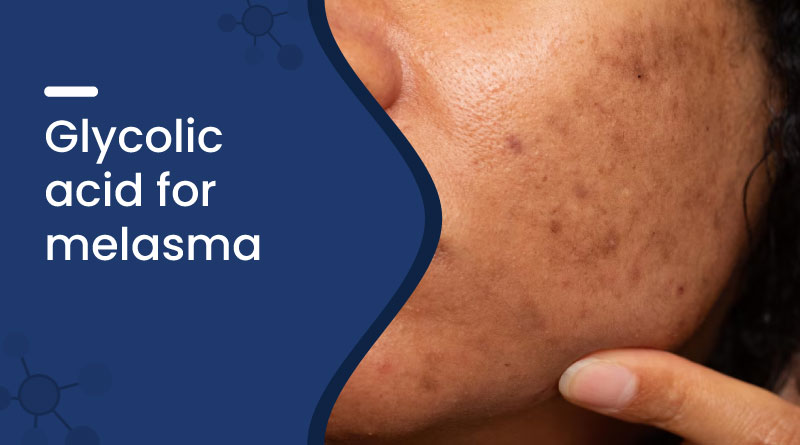

Glycolic Acid for Melasma: A Powerful Solution for Clearer Skin
Melasma is a common skin condition that causes brown or gray patches on the face, especially on the cheeks, forehead, nose, and upper lip. It is often triggered by sun exposure, hormonal changes, or skin inflammation. If you're struggling with uneven skin tone or dark patches, glycolic acid could be the skincare hero you need. This article explains how glycolic acid for melasma works, its benefits, how to use it safely, and the best products, like Zeeglow Glycolic Acid Arbutin and Kojic Acid Cream.
What is Glycolic Acid?
Glycolic acid is a type of alpha hydroxy acid (AHA) derived from sugarcane. It is known for its ability to exfoliate the skin by breaking down dead skin cells on the surface. This reveals fresher, smoother, and more even-toned skin underneath. Due to its small molecular size, glycolic acid penetrates deeply into the skin, making it especially effective for treating hyperpigmentation, including melasma.
How Does Glycolic Acid Help with Melasma?
Glycolic acid for melasma works by exfoliating the upper layers of the skin, allowing pigmented cells to shed and fade over time. It also promotes collagen production and skin renewal, helping to even out skin tone. When used regularly, it can significantly reduce the appearance of dark patches.
Benefits of Glycolic Acid for Melasma
- Removes dead skin cells and promotes new skin cell growth
- Reduces the appearance of brown or gray melasma patches
- Improves overall skin texture and tone
- Boosts skin brightness and radiance
- Enhances the effectiveness of other active ingredients like kojic acid and arbutin
Glycolic Acid Cream for Melasma
A good glycolic acid cream for melasma is a gentle yet effective way to incorporate this ingredient into your skincare routine. One highly recommended product is:
Zeeglow Glycolic Acid Arbutin and Kojic Acid Cream – This cream combines glycolic acid with skin-brightening ingredients like kojic acid and arbutin. Together, they help fade melasma, reduce pigmentation, and improve skin clarity.
How to Use Glycolic Acid Cream
- Apply a thin layer of the cream to clean, dry skin once daily, preferably at night.
- Start with alternate days to avoid irritation, then gradually increase to daily use.
- Always use sunscreen during the day, as glycolic acid can increase sun sensitivity.
Glycolic Peel for Melasma and Pigmentation
A glycolic peel for melasma or glycolic peel for pigmentation is a stronger treatment often performed by dermatologists. It uses a higher concentration of glycolic acid to deeply exfoliate the skin, helping to fade stubborn melasma patches and reduce dark spots faster than creams alone.
Safety Tips While Using Glycolic Acid
- Do a patch test before using a new glycolic acid product.
- Always follow usage instructions and do not overuse it.
- Avoid using it with other exfoliants (like retinol or salicylic acid) unless advised by a dermatologist.
- Use a broad-spectrum SPF 30 or higher every day.
Who Should Avoid Glycolic Acid?
- People with very sensitive skin
- Individuals with open wounds or active skin infections
- Pregnant or breastfeeding women should consult a doctor before use
Conclusion: Is Glycolic Acid Effective for Melasma?
Yes, glycolic acid for melasma is a powerful and proven ingredient to reduce pigmentation, improve skin texture, and fade dark patches. When combined with skin-brightening agents like kojic acid and arbutin, it works even better. Products like Zeeglow Cream offer an affordable and effective option to manage melasma at home. Pair it with proper sun protection and a consistent skincare routine for the best results.
Actionable Tips
- Start slow: Introduce glycolic acid once or twice a week and increase gradually.
- Use sunscreen daily to prevent melasma from returning.
- Be patient: Melasma treatment can take weeks or even months to show visible improvement.
- Stay consistent with your skincare routine for long-lasting results.
Also Read - Best Cream for Melasma in India
Frequently Asked Questions (FAQs)
Q: Can glycolic acid remove melasma completely?
A: It helps fade melasma significantly but may not remove it completely. Long-term use and sun protection are key.
Q: How long does it take for glycolic acid to work on melasma?
A: You may start seeing results in 4–6 weeks with regular use. Full improvement may take a few months.
Q: Can I use glycolic acid every day?
A: Start with 2–3 times a week, then increase frequency if your skin tolerates it. Daily use is safe for some people.
Q: Is glycolic acid safe for all skin types?
A: It works best for normal, oily, and combination skin. Sensitive skin users should start cautiously and consult a dermatologist if unsure.
Q: Can I combine glycolic acid with other skincare products?
A: Yes, but avoid using it with strong actives like retinol unless guided by a skincare expert.
Kojic Acid, Arbutin, Glycolic Acid, Niacinamide, Vitamin E & Mulberry Cream
25 gm in 1 bottle
Recent Blogs
Disclaimer : Zeelab Pharmacy provides health information for knowledge only. Do not self-medicate. Always consult a qualified doctor before starting, stopping, or changing any medicine or treatment.

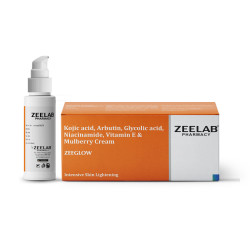


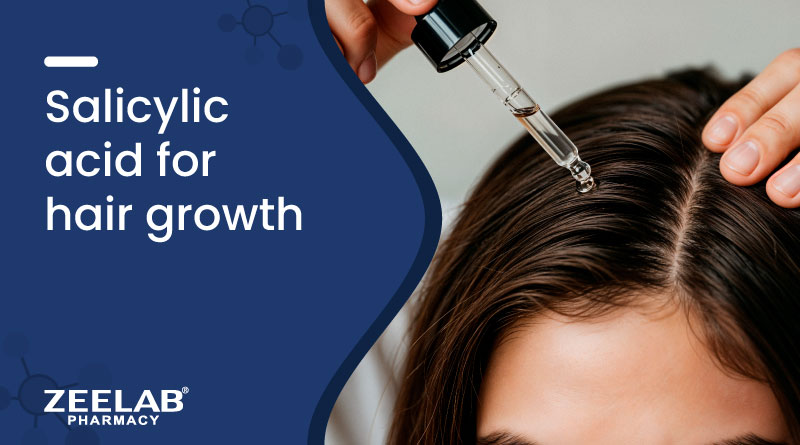
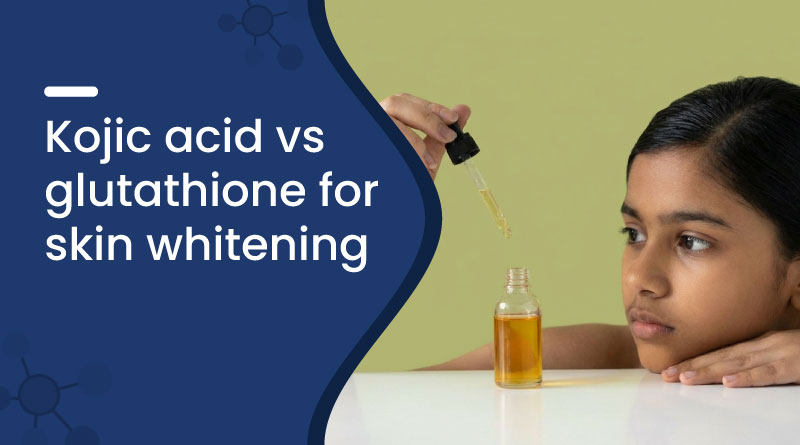
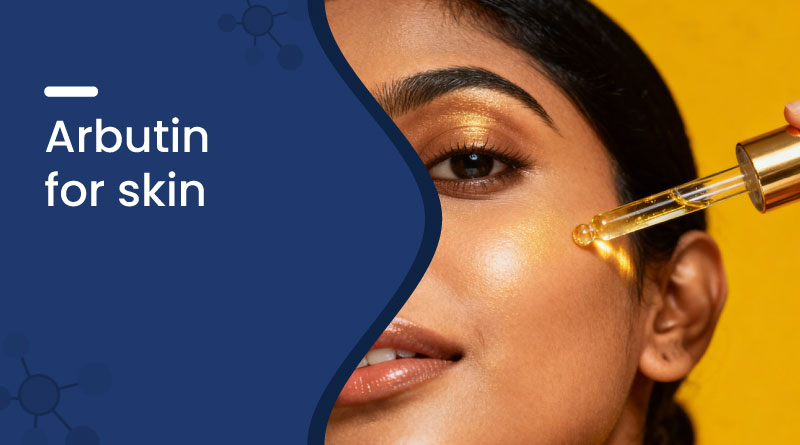
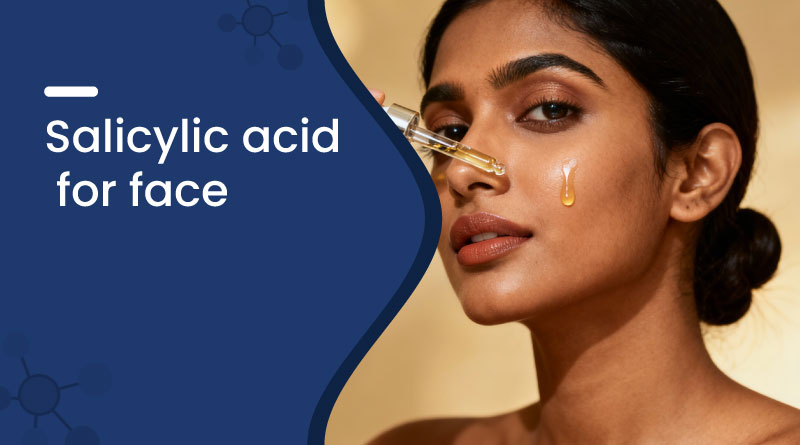









 Added!
Added!